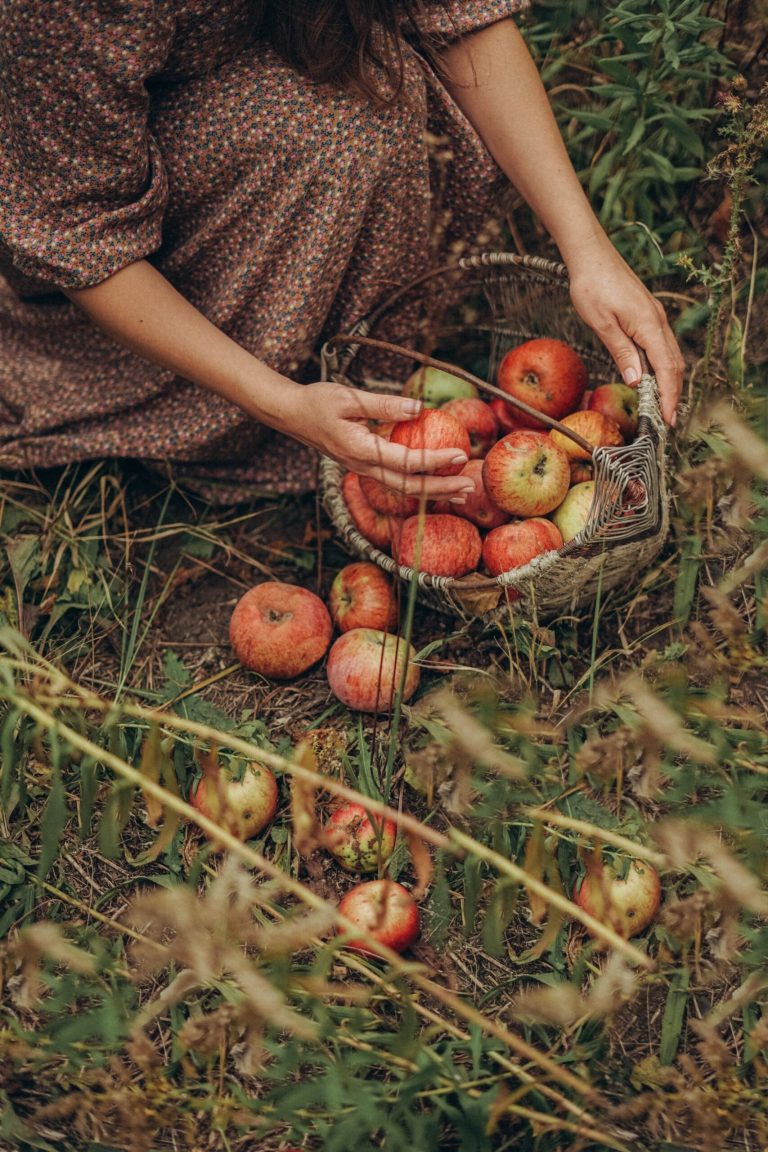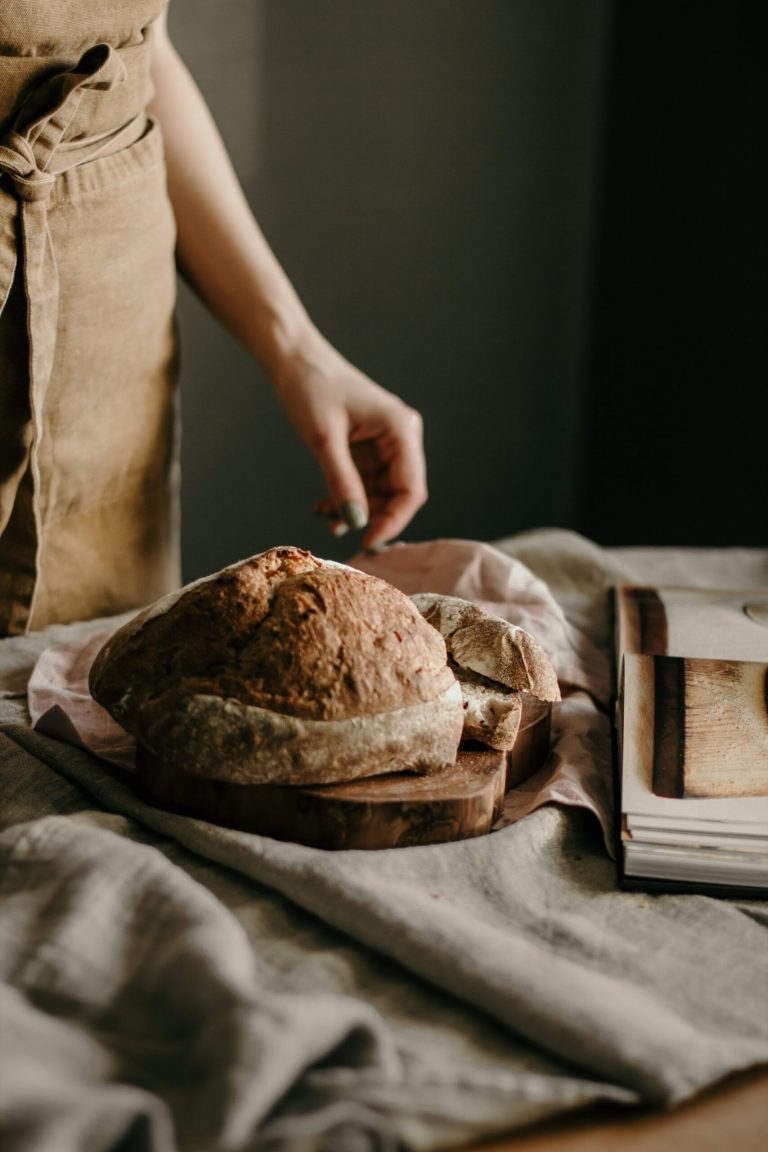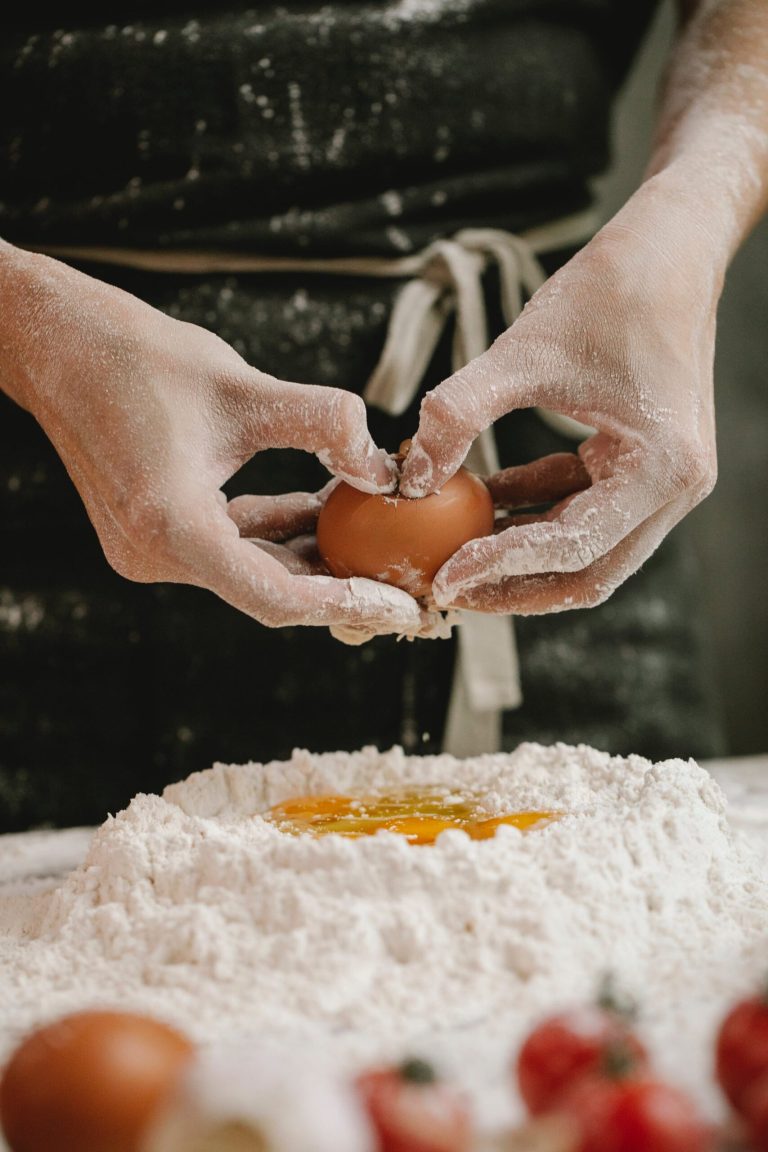Canning and Fermenting at Home
Welcome to the world of home canning and fermenting, where the bounty of your garden or local farmer’s market can be savored all year round! This guide is designed to introduce you to the basics of canning and fermenting, helping you to preserve your favorite fruits, vegetables, and even meats in safe and delicious ways.
The Art of Canning
Canning is a method of food preservation that involves processing food in sealed containers to extend its shelf life. This process keeps food safe from bacteria, yeast, and molds by creating a vacuum seal in a jar, which prevents spoilage.
Getting Started with Canning
- Choose Your Method: There are two main methods of canning: water bath canning and pressure canning. Water bath canning is great for high-acid foods like fruits, tomatoes, and pickles, while pressure canning is required for low-acid foods like most vegetables, meats, and poultry.
- Gather Your Supplies: You’ll need jars, lids, a canner (or large pot for water bath canning), jar lifters, a funnel, and a ladle.
- Prepare Your Food: Start with fresh, high-quality produce. Wash and cut your food as required.
- Fill Your Jars: Follow a tested recipe to fill your jars, leaving appropriate headspace. Wipe the rims clean, place the lids on, and tighten the bands.
- Process Your Jars: Place your jars in the canner and process them for the time specified in your recipe.
- Cool and Store: Once processed, let the jars cool and check the seals. Store in a cool, dark place.
The World of Fermentation
Fermentation is a process where microorganisms like yeast and bacteria convert carbs into alcohol or acids. This not only preserves the food but also creates beneficial enzymes, b-vitamins, and probiotics.
Beginning Your Fermentation Journey
- Choose Your Project: Popular fermentation projects include making sauerkraut, kimchi, yogurt, and kombucha.
- Simple Equipment: Most fermentation projects require basic kitchen tools, along with jars or fermentation crocks.
- Create the Right Environment: Most fermented foods require a specific temperature range and time to develop the right flavors and textures.
- Monitor Your Ferment: Keep an eye on your project, and taste it at different stages to learn how the flavors develop.
Benefits of Canning and Fermenting
- Preserves Produce: Extend the life of your harvest or market bounty.
- Enhances Flavor: Both processes can enhance the natural flavors of food.
- Health Benefits: Fermented foods are rich in probiotics, which are great for gut health.
- Reduces Food Waste: Preserving food reduces waste and can save money.
Safety First
When canning and fermenting at home, it’s crucial to follow recipes and guidelines precisely to ensure the food is preserved safely. Improper techniques can lead to food spoilage or, in severe cases, foodborne illnesses.
Conclusion
Canning and fermenting are not just food preservation methods; they are gateways to a world of culinary creativity and self-sufficiency. They connect us to the past, teach patience, and reward us with flavors that can’t be found in store-bought foods. Whether you’re a novice or a seasoned preserver, the journey of canning and fermenting at home is sure to be a rewarding one. So why wait? Start exploring the delicious possibilities today!



